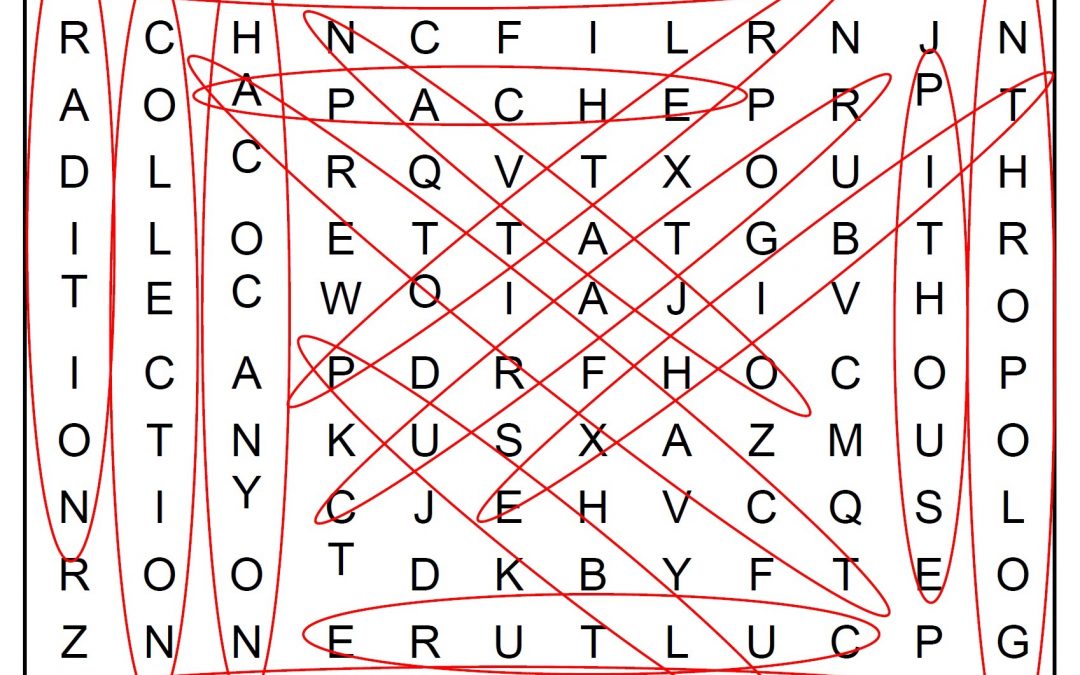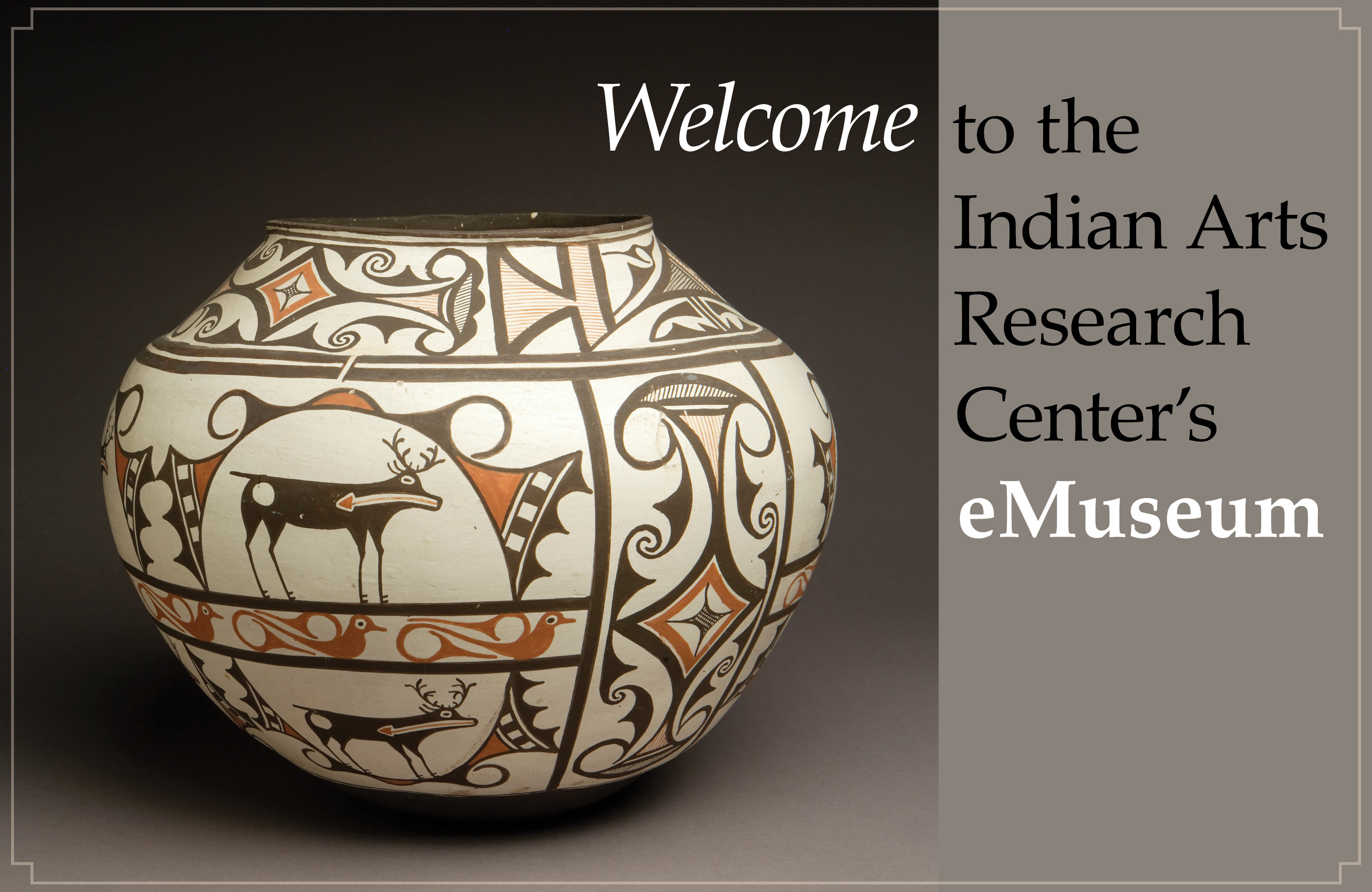A word search puzzle created by the Maxwell Museum for parents at home with kids.
In a recent conversation, former SAR Weatherhead fellow and director of the Maxwell Museum of Anthropology Carla Sinopoli shared with me some of the ways she and her staff are supporting patrons during the pandemic. Sinopoli is also a professor of anthropology at the University of New Mexico who studies material culture, complex societies, and political economy in South Asia.
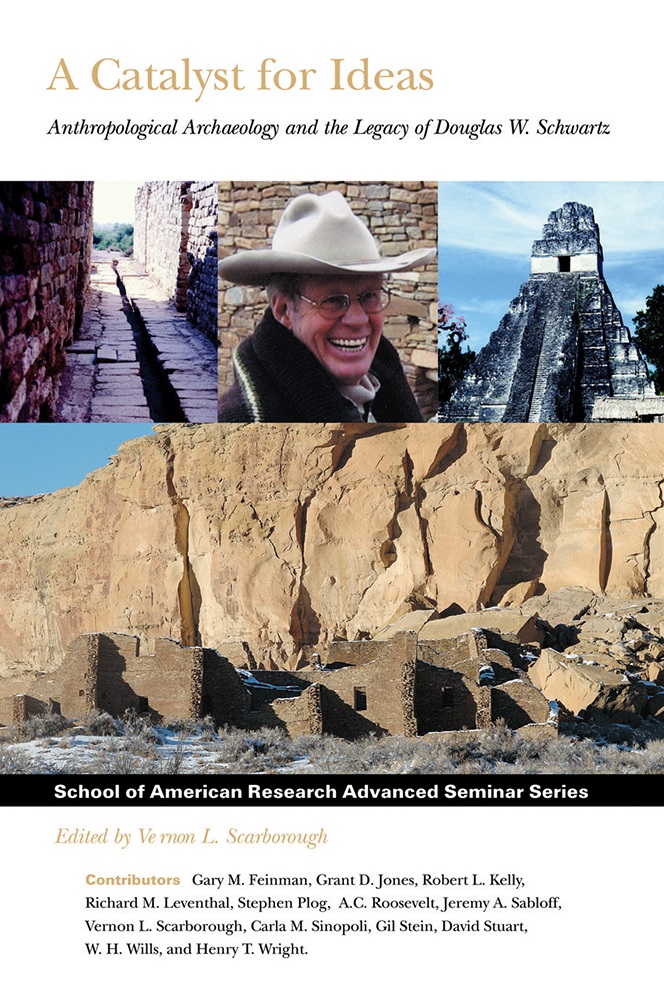
Do museums have a role to play during a public health crisis like this one?
I certainly hope so! The Maxwell is boosting some of our K–12 educational materials, things we often do in person, by developing worksheets and materials that parents who are trying to teach their kids at home can use. Also, I think providing beauty and solace is important at this time. We’re in the process of developing an online exhibit on conceptions of health and wellness in a variety of cultural contexts and giving visitors to our website a place to share their experiences.
Is this something you’ve been doing, in terms of having exhibits online, or is this something that the current situation is motivating you to do?
A little bit of both. We’ve certainly been thinking about developing exhibits online and have a few, but we are now really expanding our online presence through this exhibit and developing a number of others. We obviously don’t know when we’ll be reopening physically to the public, and we don’t know how comfortable visitors will be coming to museums once we do reopen or what kind of constraints we’ll be under for having large groups.
Can you give me some examples of materials or other programs you’re developing for the K–12 community?
A lot of our online material prepares children for visits to the museum. We have traveling trunk exhibits that go out to schools on musical instruments around the world, for example, and we’re developing sheets on making your own musical instruments. Our educator is working with a couple of our student employees to try to see what other museums are doing so we’re not reinventing the wheel but developing things that tie in to programs and materials we already have.
What other communities are you thinking about?
We are a pretty big employer of students on campus, so one of the things we’re really trying to do is figure out ways to keep our students working so they don’t lose income during this period. We’re trying to develop daily Facebook and blog posts that’ll connect to our website, where every Monday we’ll feature an object in the collections; every Tuesday we’ll try to post educational materials; Wednesdays we’re going to focus on ongoing research in the museum; and Thursdays, history, Maxwell Museum History; and then Fridays we’re hoping to do “Ask the Maxwell.” We’re soliciting questions people may have that we’ll hand out to the appropriate staff or student to address. We’re just getting this launched, so we got our first object up this week.
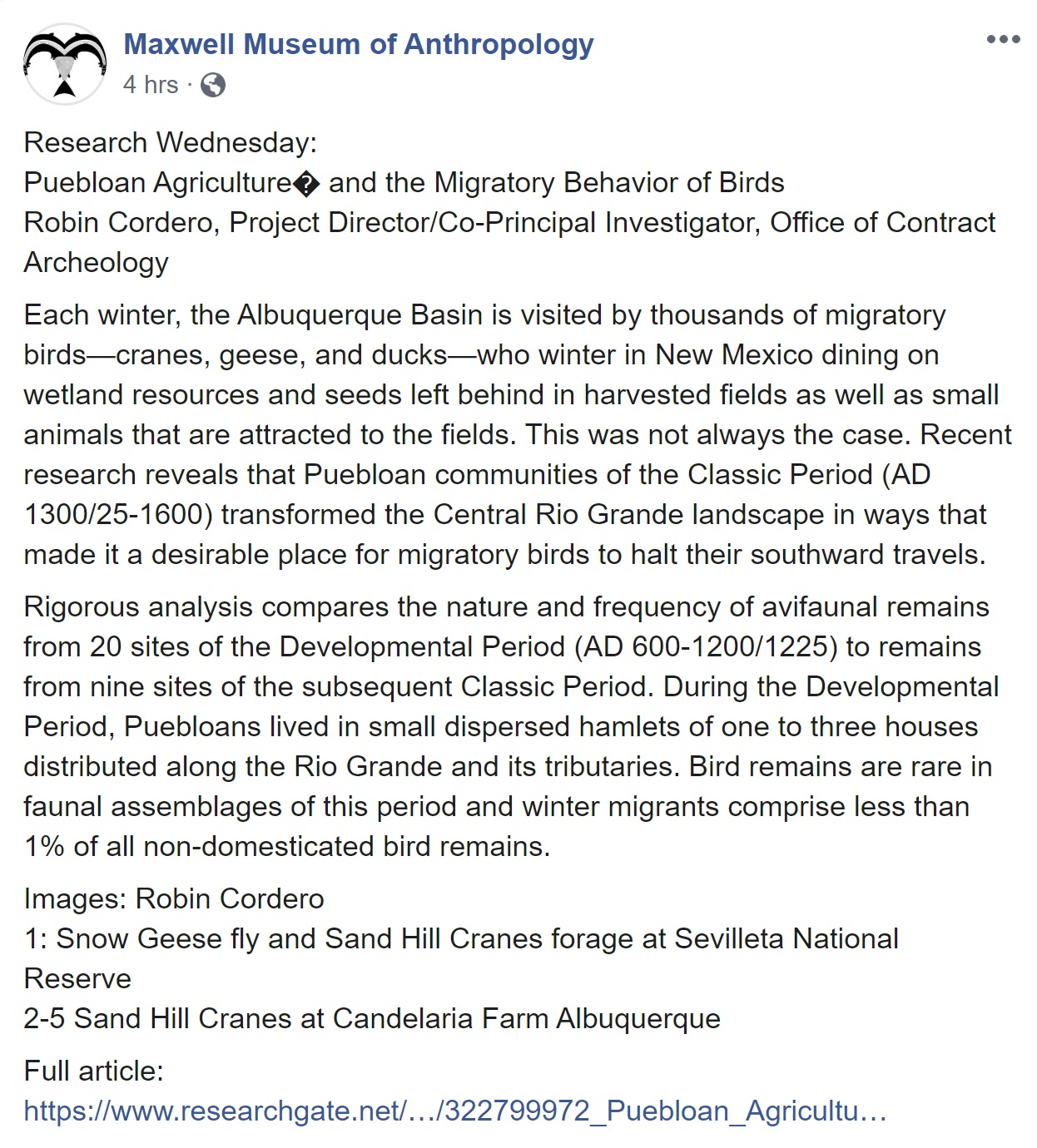
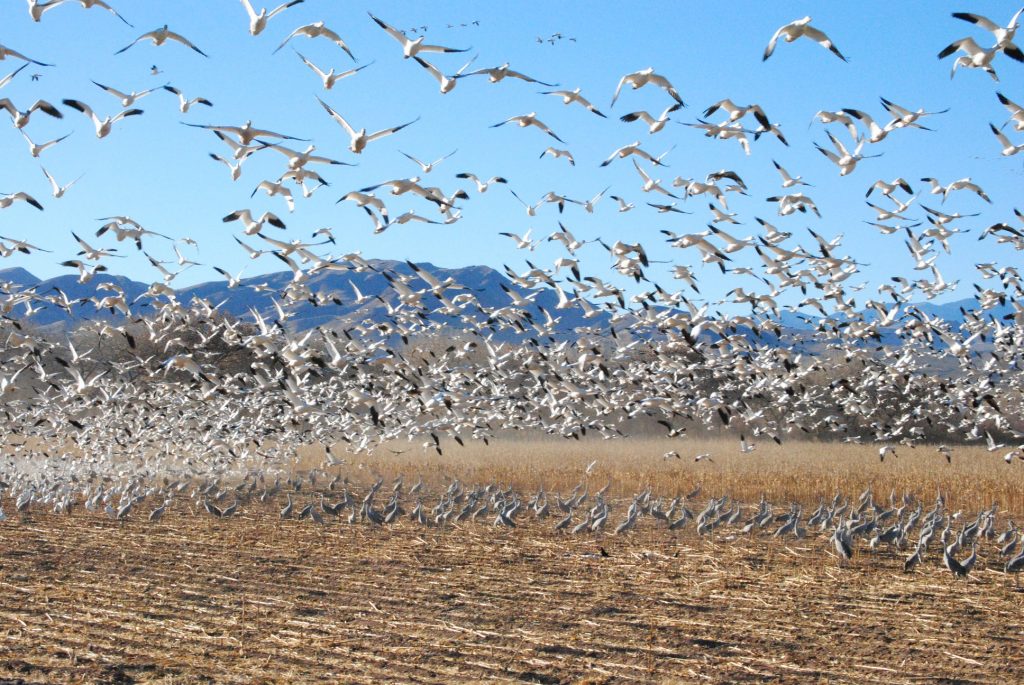
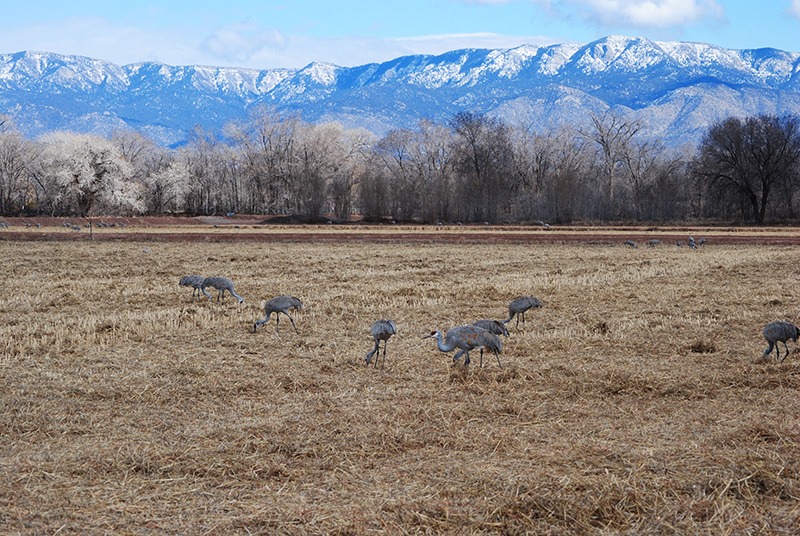
Do you have any last thoughts about how places like the Maxwell, like SAR, can help people right now? How they can contribute to people’s lives when many of us are stuck at home?
I think it’s been interesting to see how many museums are hosting objects and how important art and music and creativity have become—or how much clearer it is how important these things are to all of us at a time when we’re socially isolated and we’re spatially isolated. We’re looking for new ways to build community, and I think museums are all about community, and if we can’t do it in person, figuring out how to do that virtually is an important contribution.
